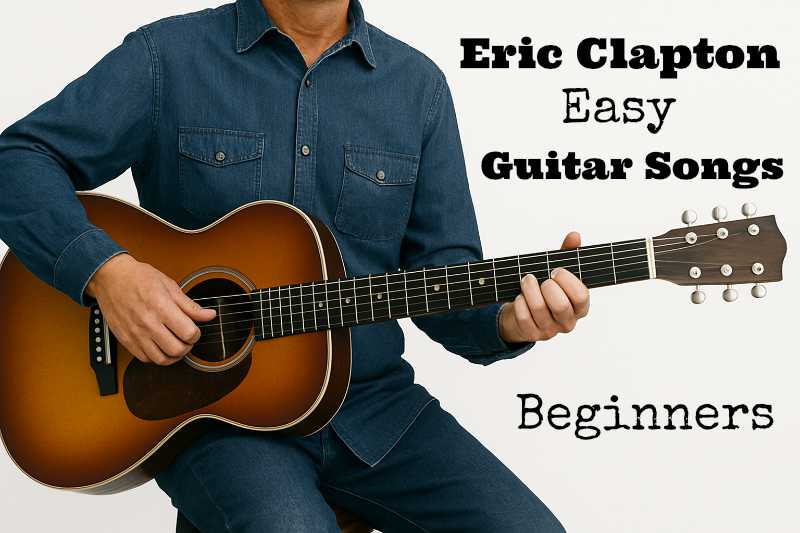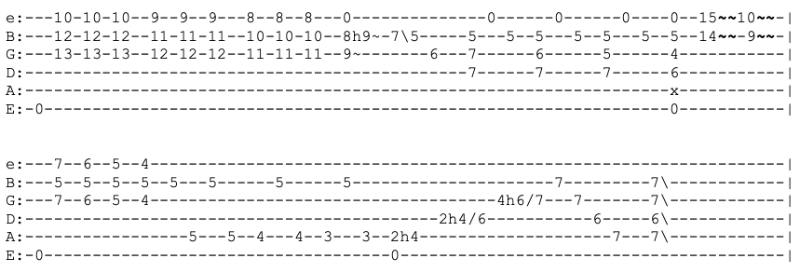
How to Play Travis Walk Intro by Stevie Ray Vaughan
When it comes to electric blues guitar, few names carry the same weight as Stevie Ray Vaughan. His catalog is a masterclass in tone, feel, and phrasing. But nestled among his more iconic tracks lies a lesser-known gem—“Travis Walk.” Clocking in at just under three minutes, this instrumental off “In Step” (1989) may be short, but it packs a serious punch. It’s SRV unleashed, with a nod to country swing, rockabilly, and of course, Texas blues. Check out the Travis Walk – Stevie Ray Vaughan Intro below:


